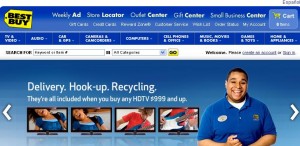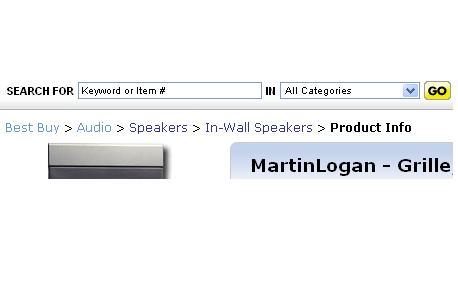Since I only have a limited amount of money to spend on pay-per-click advertising, I want to make sure only potential customers see my ads. If I am paying money each time someone clicks on my ad, I want to keep the riffraff out!
But isn’t it best if more people are exposed to my ads?
No! We don’t want exposure in itself (since we are paying for this exposure); we want exposure to potential customers.
There are really two challenges here:
1) limiting the exposure of your ads so as to save money
2) Only showing your ads to potential customers.
While you may not have experience in the pay per click field with this strategy, you have experienced it in your everyday TV-viewing life.
Filtering by Language and Location
The first large filter in advertising is language. When I am watching TV, I never receive ads from pepsi in Farsi. It is in English. Or your Lingua-Franca. The second large filter is location. I don’t see commercials for British restaurants. Though they speak the same language as I do, the physical distance is too great for me to be considered a potential customer.
This level of filtering in advertising is as simple as it gets. The same rules that apply to TV advertising apply to ppc advertising.
In many cases, you can go right now to your campaigns and click the “off” button for non-English languages, and countries outside the U.S. (or wherever you live). Your conversion rates will improve instantly. Check your settings now.
Filtering by Using Negative Keywords in PPC
Have you ever been watching a football game and there is a commercial for tampons? It doesn’t happen often, but when it does it is pretty entertaining. This is an example of advertisers wasting money by targeting the wrong audience. This happens ALL THE TIME in ppc advertising.
One of the more difficult aspects of ppc advertising is deciding who I should block from seeing my ads.
I am currently running a campaign for a hotel in Minneapolis*. How would I describe it if I were to be honest with you: It is a small hotel, not luxurious or expensive, not what I would call a 5 star hotel or suite. It is not the type of hotel you would find valet parking or limos.
Notice that I listed several qualities that the hotel lacks. That is not because I am (necessarily) a negative person, it is because this is a tool I use in ppc. I can now take that list of qualities that my product does not have and add them to the negative (also called excluded) keyword list.
-limo
-expensive
-luxury
-suite
-five star
Now if anyone does a search with any of those words, my ad automatically cannot appear. So if someone searches for “inexpensive Minneapolis hotel with limo” I don’t want to show my ad.
But I have so many of the desirable qualities this person is searching for. Maybe we should show them the ad just in case.
No.
They will find an inexpensive hotel with limo services or they will perform a different search. Perhaps our ad will show up then. We do not want people clicking our ads for services we do not sell.
Conclusion
So, do your campaigns have negative keywords? Think of all the words that DON’T describe your product or business and write them down in a spreadsheet. Add them as negative words. Your conversion rates will improve, your quality scores will improve and you will be spending less.
*Details changed slightly


